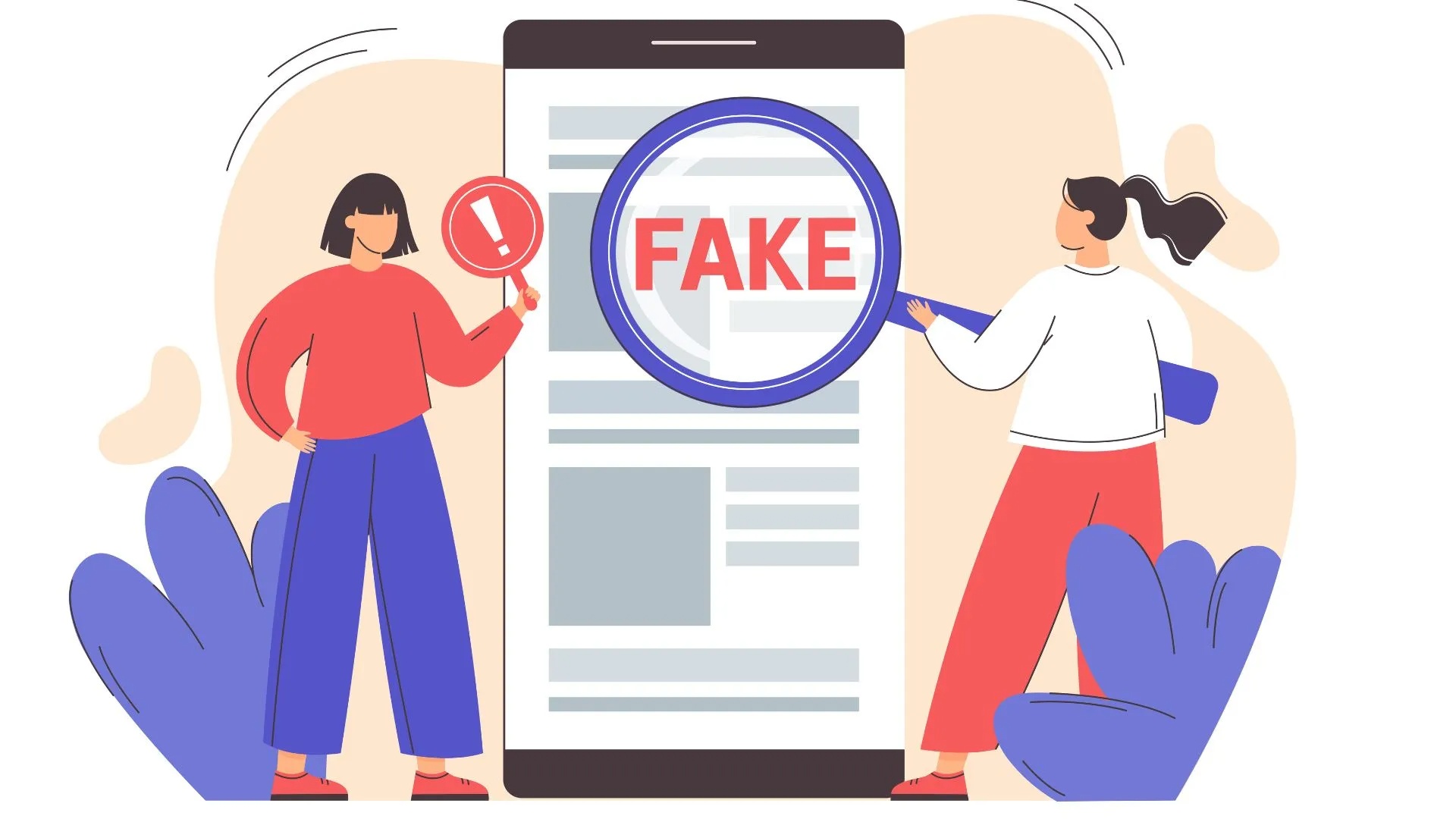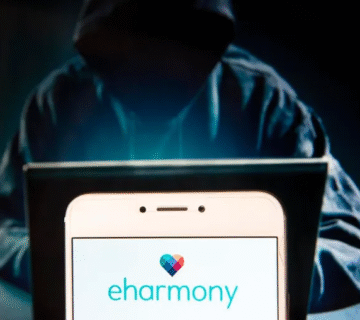If you’re searching for the truth about fake profiles on eHarmony.com in 2025, you’re not alone. As one of the world’s biggest dating sites—reputed for serious matchmaking—many new and veteran users want to know: How common are fake or scam profiles, what does eHarmony do to prevent them, and can you trust your matches?.
The Promise: eHarmony’s Approach to Safety and Profile Authenticity
eHarmony promotes itself as a trusted platform for finding real love, deploying a blend of technology and human moderation to screen out fake accounts. A dedicated Trust & Safety Team, advanced algorithms, and optional verification tools set it apart from more “open” dating apps. But even with the best efforts, online dating in 2025 is not immune to deception.
“Our Trust & Safety Team works hard to try and keep fake profiles off eharmony…using a combination of industry-leading technology and human review to combat fraud…”
Key Security Features in 2025
-
SMS verification: Adds an extra layer of security. Verified users display an SMS badge, boosting trust.
-
Mandatory compatibility quiz and profile prompts: Make it harder for bots or scammers to blend in by requiring unique, thoughtful answers.
-
Profile checks and reporting: Members can flag profiles for review—a system regularly used to weed out suspicious or clearly inauthentic activity.
-
Continuous algorithmic and manual checks: The platform applies both AI-based flagging and human review to new accounts and messaging patterns.
The Reality: User Experiences with Fake, Scammer, or Inactive Profiles
Despite these efforts, reports of fake and scam profiles are widespread in 2025. Many user reviews and site watchdogs suggest that encountering fakes—ranging from obvious bots to sophisticated romance scammers—is still possible, even likely.
Common Complaints
-
Prevalence of Fake Accounts: Multiple users claim to have encountered a significant number of fake, inactive, or copy-pasted profiles on eHarmony, sometimes estimating that more than half are not “real” singles.
-
Profile Disappearance: Users often note that matches quickly vanish—usually after messaging—only for eHarmony to later confirm those profiles have been removed for violating terms, likely due to automation or scam detection.
-
Scammer Tactics: Romance scammers will often play a longer game—building rapport over days or weeks, then inventing an “emergency” or financial pretext. Others may immediately try to move the conversation off-platform or offer social media handles with mismatched details.
-
AI-Generated Photos and Messages: Some users now report encountering profiles with AI-dose looks (unrealistic, flawless photos), as well as generic, copy-pasted messages designed to lure trusting users, increasing the challenge for detection.
Genuine User Response
While eHarmony.com is quick to ban obviously fake or reported accounts, this has led to frustration when promising matches are suddenly blocked or disappear after some engagement. There are also complaints about poor or slow customer service responses.
Can You Trust eHarmony Profiles in 2025?
Yes—But With Caution.
eHarmony remains one of the most authentically focused major dating platforms. Most users are real people seeking genuine connections, bolstered by the site’s well-known thoroughness. However, no site is immune to scams in today’s digital age.
What eHarmony Does Well:
-
Proactive account reviews and profile suspensions.
-
SMS verification and detailed onboarding designed to prevent quick-bot and spam attacks.
-
Option to report/flag profiles and fast removal of accounts that are proven fraudulent.
What Needs Improvement:
-
Better transparency about account screening processes.
-
More responsive customer support when users report suspected scams.
-
Enhanced education and onboarding regarding how to spot red flags.
Pro Tips: How to Spot and Avoid Fake eHarmony Profiles
Even on the most secure sites, user vigilance is vital. Watch for these warning signs:
-
Unrealistic photos: Look “too good to be true” or appear elsewhere via Google Image Search.
-
Requests to move off-platform: Scammers often push for WhatsApp, Instagram, or email exchanges quickly.
-
Rushed or pushy behavior: Scammers often seek to build trust FAST—intense flattery, declarations of love, or requests for sensitive info (phone number, address, money) are always red flags.
-
Generic or mismatched profile details: Odd location/profession combos, contradictions in the profile, or generic messages used across multiple users.
-
Financial emergencies or inheritance tales: Sudden stories about illness, business problems, or inheritances are a major warning.
You can also refer to eHarmony’s own tips for spotting catfish profiles and avoiding dating scams.
What To Do If You Encounter a Fake Profile
-
Report/Flag Immediately: Use the in-platform report tool, which feeds directly to the Trust & Safety Team.
-
Block and Disengage: Stop all contact, block the user, and move on—do not provide personal details or money.
-
Contact Customer Service: If in doubt, ask for guidance, especially if you suspect sophisticated scams or repeated issues.
In Conclusion: Are There Fake Profiles on eHarmony.com?
Yes, fake profiles do exist on eHarmony.com in 2025, but the company devotes substantial resources to detecting and removing them. The majority of members are real, but scams remain a risk—especially as fraudsters grow more sophisticated. With the right vigilance, knowledge, and a willingness to report, you can safely navigate eHarmony and maximize your chances of a genuine, long-term connection.








[…] Read More: Are There Fake Profiles on eHarmony.com in 2025? The Definitive, Human-Written, SEO Guide […]
[…] Read More: Are There Fake Profiles on eHarmony.com in 2025? The Definitive, Human-Written, SEO Guide […]